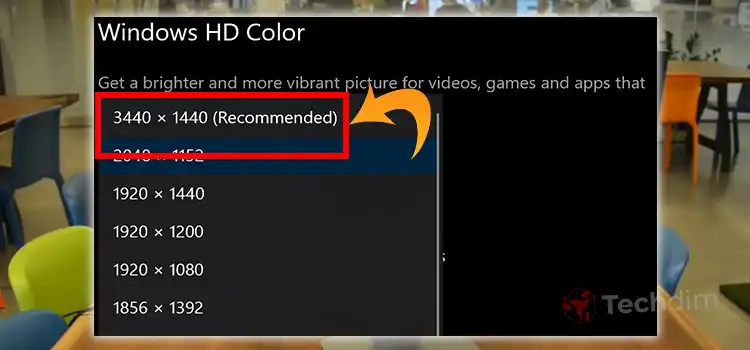How to Automate Life with New Technologies
Modern high technology solutions continue to advance and invite attention worldwide. People are trying to simplify many regular things and obtain more opportunities for free time, efficient resources use, and saаe life conditions. We are lucky to live in a contemporary world constantly trying to create something better and more advantageous.
Automation has penetrated into different spheres of people’s life starting with industry and finishing with smartening up your bedroom window. Yes, the last home project of domestic windows automation is quite popular today allowing you to ventilate, heat, or cool your home space without using an air conditioner or any other power-consumption equipment even when you are not at home. And the leading element here is a common electronic actuator with its smooth and adjustable work.

What Home Life Automation Is and How to Implement It for Your Individual Project
Home space automation is a set of devices that, for our convenience, make decisions and perform routine tasks around the house. A smart home is formed in a personal household in a single apartment: the automated windows mentioned above, apartment microclimate systems, “intelligent” light bulbs, and smart doors – all these variants and not only are the ways of your abode automation.
Composition of an Automated House
According to the last passage, it becomes clear what a smart home is and what a homeowner can actually receive with it. At the same time, it’s critical to know everything about the components this technology encompasses – such an approach will help when choosing the right product, installation, and upcoming operation. You can discover three major categories of items that constitute the design of a contemporary home automation package:
- Controllers. These are administrative devices that switch individual elements of the system into a single complex. Controllers also provide residents with the ability to manage automation.
- Sensors. These devices read information from the environment and monitor its changes. The signals from the sensors are sent to the controller, which processes them and acts according to the BMS scenario.
- Actuators. This category includes executive devices that perform system commands. These are mechanical drives, switches, fire sirens, valves on pipes, and other devices.
To send signals from motion sensors and other sensors to the controller, radio communication is most often used. In addition to ordinary radio communication, data transmission is carried out using Wi-Fi and Bluetooth protocols. The transfer of information to the security console or the owner of the building is carried out using an Internet connection or mobile communication.
Types of Home Automation
A smart home may well work without actuators, but their presence significantly increases the comfort of residents, and also simplifies some processes. The most commonly used types of actuators are:
- Mechanical drives. They are installed on garage doors, doors, and window shutters. After that, it becomes possible to close and open doors and windows without spending a second of time on it.
- Fire extinguishing devices. After a fire is detected, the controller sends commands to the actuators responsible for extinguishing the fire. Extinguishing can be carried out both with water and with a special powder.
- Drives for curtains and blinds. This is one aspect of a multi-room and lighting control system. When you turn on Cinema mode, the smart home automatically closes curtains and blinds to make it darker.
This is not the whole list of actuators compatible with home automation. New species are constantly emerging. Just imagine how many specific projects you can realize yourself simply applying an eligible type of linear actuator. Well-known TV lifts, lift-up cabinets, hidden kitchen compartments, table extenders, and a long long list of other interesting home automation ideas. Be creative and learn more about the newish technological products.
Benefits of the Automated Life Conditions
The technology in question would not have gained such popularity and demand in different countries of the world if it had not had a lot of advantages. It is worth noting the advantages and capabilities of home automation systems:
- Saving electrical energy due to its more rational use day and night.
- Convenient control of multimedia devices and electrical appliances from anywhere in the house.
- Obtaining up-to-date data on the state of housing and the people in it at a great distance.
- Remote control of people’s access to the premises, calling a response team in case of intrusion.
- Ability to prevent fire, flooding, household gas explosion, and other incidents.
- Automation of watering plants, airing, heating rooms, and other home processes.
It is noteworthy that you can make an automated system with your own hands. You can start with a simple Arduino-based controller, a couple of smart sockets, and motion-sensing sensors. Even from this set, it is possible to make a complex that will significantly increase the comfort of residents, allow you to turn on and off electrical appliances at a distance, and reduce energy costs. Then the network can be expanded.
Today, automation systems are no longer an expensive luxury, but the technology is available to a wide consumer. If you want to make life easier and more comfortable, consider implementing a home automation system.
Subscribe to our newsletter
& plug into
the world of technology





